- How to cover a motorsports event with a professional videographer
-

We invited professional motorsport videographer Tenayah McLeod to chat through how she prepares for an event, her go-to gear for capturing video and her workflow after the event.
My name is Tenayah McLeod, and I’m an Australian based videographer and photographer, who specialises in motorsport. I’ve been working in the industry for seven years and have been fortunate to build a full-time business around videography at motorsports events and making content for brands, teams and drivers.
In this article, I’ll be sharing insights into how I navigate a race weekend – from the planning and organising in my office, to jumping on a plane and heading to a racetrack for the weekend, as well as how I deliver anywhere between 8 to 15 pieces of video content per day. Plus, I’ll share some tips for filming racing events and things to keep in mind when shooting motorsports videography.
It is certainly busy working in the motorsport industry, but it is also a whole lot of fun!
Before I get to the racetrack, there is a lot of preparation that happens; from pre-event meetings with the client to then planning the schedule around the race events, the off-track activations, and what the clients' deliverables are.
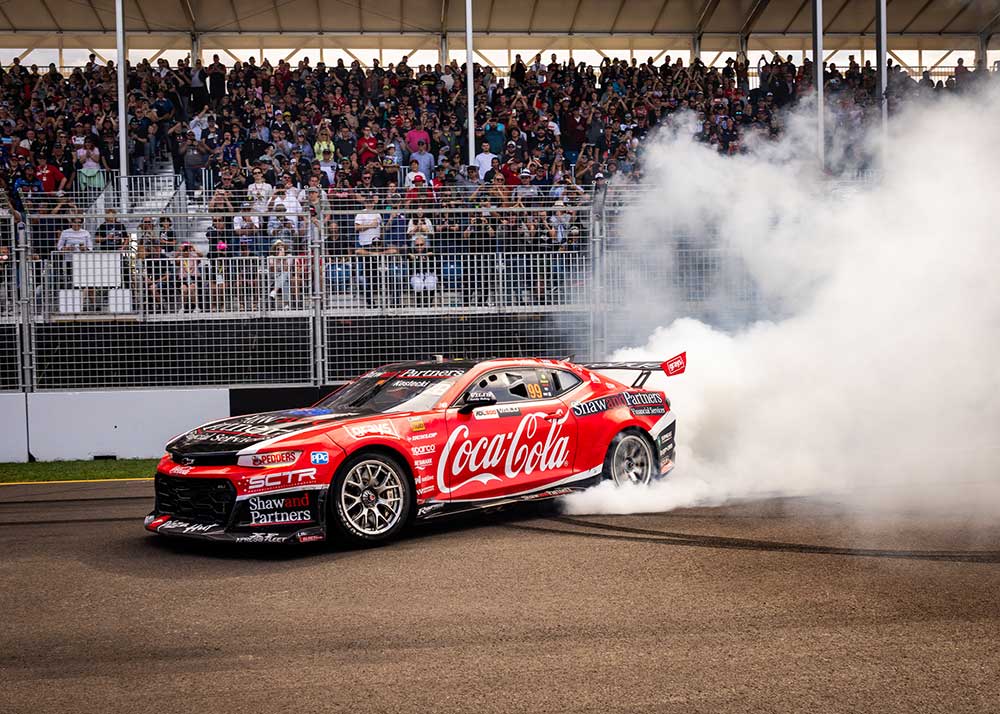
From here, I then get my camera equipment ready and pack it into a hard travel case. I always travel with two camera bodies: my Canon EOS R6 Mark II and my EOS R5 C.
I’ve been using the Canon EOS R6 camera series since the Mark I came out back in 2020, and when Canon gave me the chance to use the EOS R6 Mark II for an event in July, I instantly fell in love – it has many little features that I didn’t even know would make such a big difference to my workflow.
I originally bought the EOS R5 C to be able to flick between photo and video mode easily, plus to have cinema features like 3-second pre-record. When I read that the EOS R6 Mark II has both of these features as well as 5-second pre-recording for video it meant that I could have those pro features in a smaller camera.
I still travel with my EOS R5 C, as it is amazing for sit-down interviews and it’s my go-to in more controlled environments.
I have my camera on me for 10-15 hour days while shooting, so the smaller form factor of the Canon EOS R6 Mark II is a really big benefit for me.
The intelligent tracking feature in the Canon EOS R6 Mark II is something that I rely on daily. I use both the people and vehicle options as I’m constantly in fast-moving environments, and sometimes don’t know what is coming next! Being able to use the intelligent tracking feature with the vehicle mode is so important when tracking cars going over 200 kilometres an hour. Another feature that I use frequently is the three and five-second pre-record. I turn this on when I’m filming intense moments, such as qualifying sessions, or when doing documentary style filming. With live sport, you can never know what might happen next, so to be able to press the record button and capture reactions that happen, without taking up unnecessary data, is a game-changer!
My three go to lenses are the RF 24-70mm f/2.8L IS USM, the RF 70-200mm f2.8 L IS USM and the RF 50mm f/1.2L USM. I can shoot an entire race weekend with these three lenses, and I use each one for a different purpose.
My RF 24-70mm is on my camera 80% of the time, it’s the perfect focal length for shooting drivers getting ready, and all of the things that happen in garages. It’s what I use when I’m going ‘run-and-gun,’ as it’s comfortable to carry around and has a good range to cover scene-setting shots, while also being suited to filming drivers getting ready and getting into their cars.
The RF 70-200mm comes out for on-track filming, and when I want to get tight detail shots. The stabilisation in the 70-200 pairs really well with the 5.0-axis In Body Image Stabilisation in the Canon EOS R6 Mark II, and I can very comfortably film on track footage with this combo without needing a tripod.
The RF 50mm f1/.2 is one of my all-time favourite lenses! It’s my go-to for interviews, and for any situation where I’m lacking some light. Sometimes we do night motorsport races, and the f/1.2 on the 50mm gives such a beautiful image. I also grab it when I want to shoot some ‘in-the-moment’ or ‘fly on the wall’ stills, as it takes an incredibly sharp image, and the colours are amazing.
Once my schedule is planned out and my gear is packed, it’s time to head to the track!
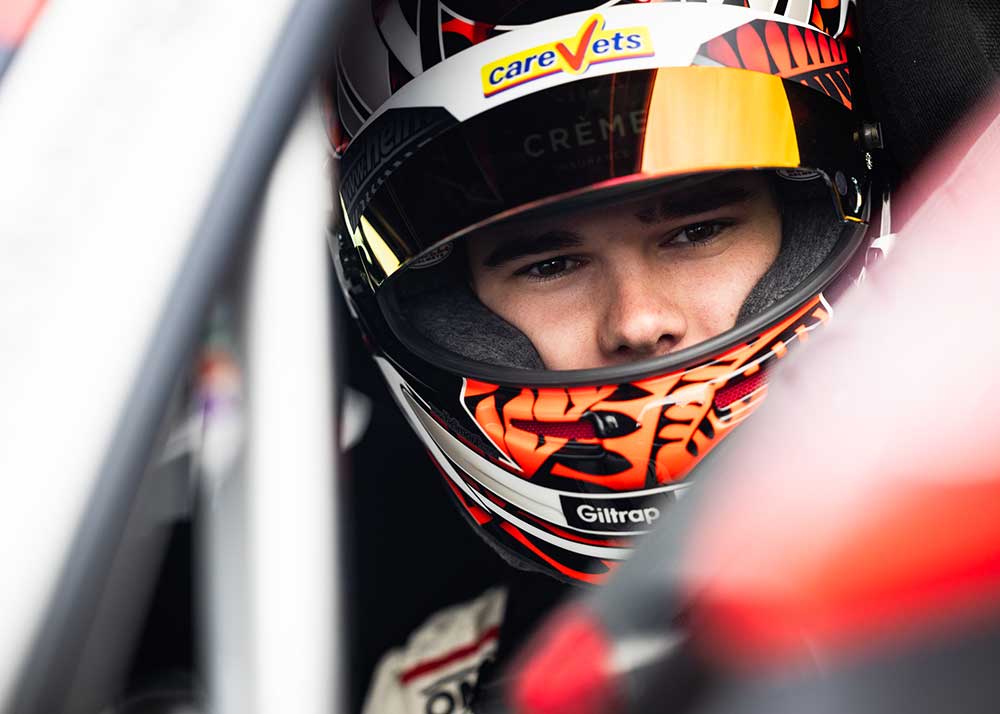
Okay, now we’re at the track, and it’s pretty busy! I’m usually at an event for four or five days, and these events are all across Australia and New Zealand.
A typical day for me starts with a to-do list of each deliverable for the day. The team we work with starts each morning with a huddle, and then it’s about following the event schedule to ensure I’m where I need to be. About 30 minutes before cars start moving, this is where I capture all the build-up before a race.
Now a motorsport event works differently to most other sports – a typical event will have five or six categories, which have two practice sessions, qualifying and anywhere between one to four races throughout the event. These sessions alternate across the three or four days of racing, and I use my pre-planned schedule to know where I need to go, and what I need to be shooting in each session.
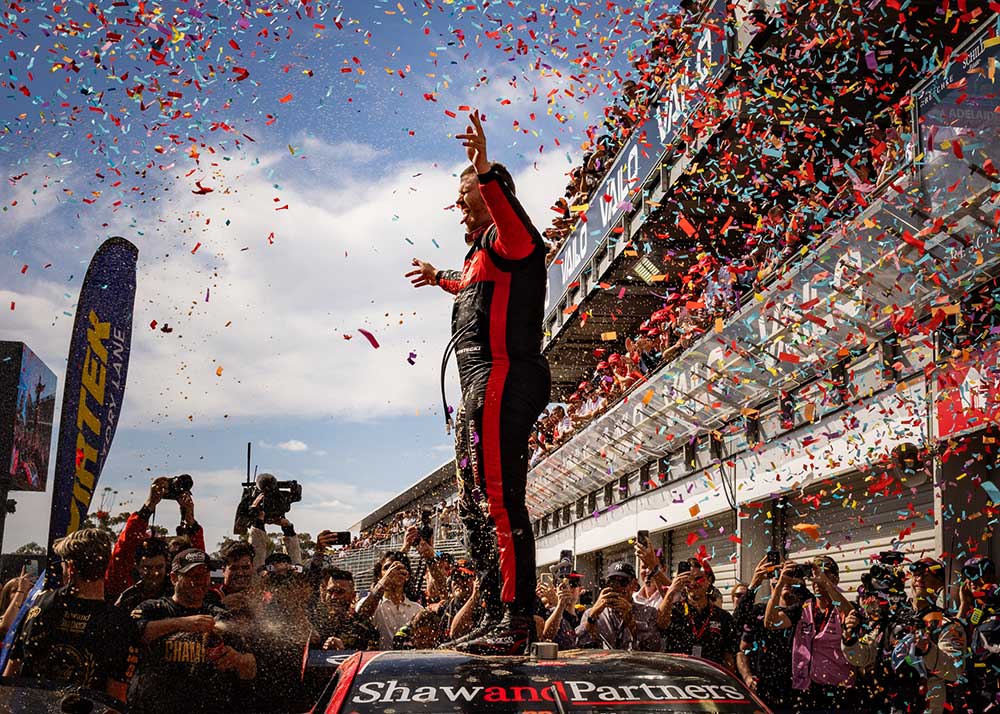
After I shoot a session, I’ll head back to the media centre and back up my footage. Also, another unique thing about shooting motorsport, is that everything has an incredibly fast turnaround time. I’m usually shooting content, then required to have that content go live within the next hour or two. I can make anywhere between 8 to 15 pieces of content each day, across Instagram reels, or Facebook and YouTube videos. Plus, I also need to deliver images to support the video content.
Being able to be fast, but not let the quality suffer is a necessary skill for working in motorsport, as most pieces of content only have a short window where they mean something. After that, the results of the next session or race have been announced, and new, fresh content is expected.
I make it a priority to be able to edit fast. My workflow is set up, so it’s basically drag and drop. I shoot in Canon C-LOG3 and have all of my sequences with colour grading adjustment layers built out pre-event. I’ll also look for music tracks pre-event to help with the speed of my workflow.
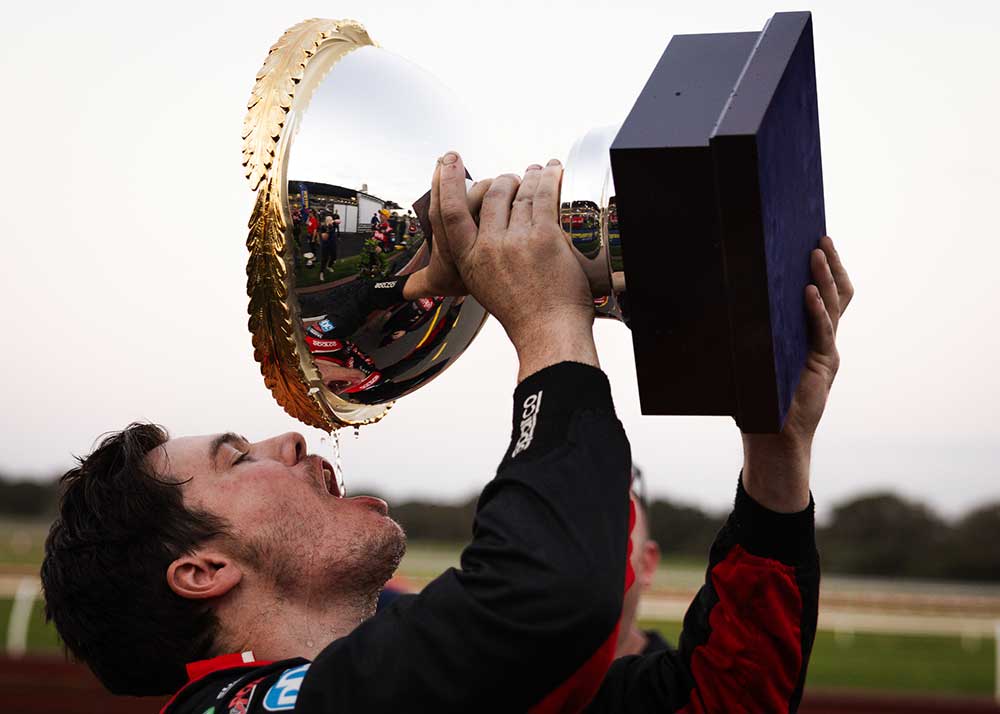
As a motorsport videographer, you have to be a fly on the wall – it’s about capturing what is happening, without getting in the way!
Also, any videographers who aren’t working for the broadcast team have restrictions that need to be followed due to the broadcast rights. This means that we can film inside the garages and the paddock (behind the pits), but we can’t film anything on the track. This is quite unique to Australia, as over in Europe and America, filming on track is usually allowed. This does make it a lot trickier to work around, but it means that you need to be extra creative to still be able to tell the story, without having footage of the car out on the racetrack.
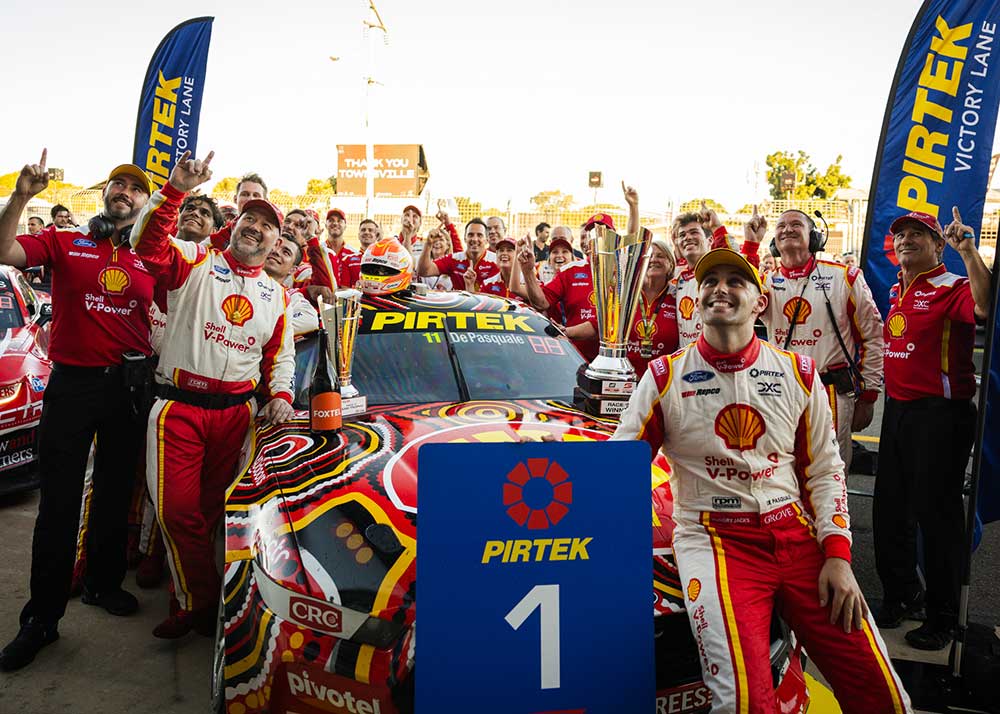
If you’re a budding motorsports enthusiast, or you’re already established but looking to hone your skills further, we hope that Tenayah’s tips help. Being a motorsports photographer or videographer is no easy gig, but as you can see it can be incredibly rewarding – especially for those passionate about the sport. Follow along with Tenayah @tenayahmcleod to see more of her incredible work.

Professional photographer, Logan West shares his journey from a beginner to capturing Porsche's brand new Dakar 911 detailing his top lens picks and what to look for when choosing gear.

Telephoto lenses allow you to zoom in close on subjects in the distance, making these types of lenses perfect for wildlife, sports, and vehicles.

Meet Scott Mason, photojournalist and ex Editor of 4x4 Australia. Read on to get a glimpse into his incredible career so far.